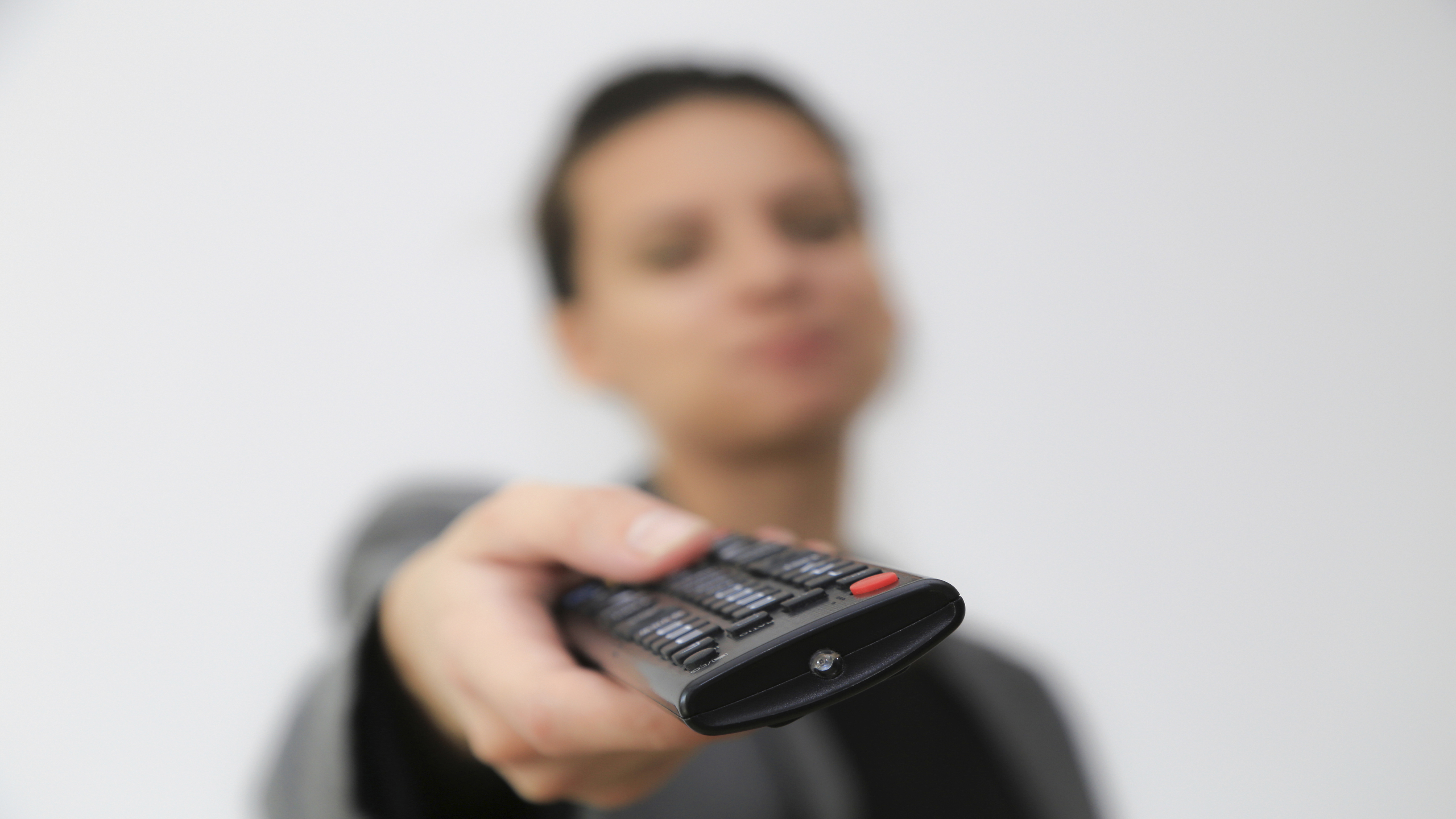
- Update: The FCC voted to pass the Notice of Proposed Rulemaking on the Commercial Availability of Navigation Devices - a.k.a. the #unlockthebox plan. The measure was approved in a 3-2 vote held this morning. The next step in the process is a comment period where consumers can write in their thoughts and concerns about the plan before a final vote later this year.
If everything goes according to plan tomorrow, you might be sending your cable box back to your cable provider. Well, at the very least, you'll have the option to do so.
On Thursday the Federal Communications Commission (FCC) will vote on whether cable companies like Time Warner Cable, AT&T, Verizon and Comcast can be forced to allow anyone to connect to their box. What that means is, say, you own a Roku 3 or a PS4 and you want to watch cable on it. Well, if the vote passes, you won't need to rent a cable box in order to do so: instead, you could connect the devices you already own to the service you already pay for.
It's not the first time this has been proposed, nor would it be the first time the commission put their heads together to develop an all-encompassing solution. (This is the reason cable providers are required to distribute cable cards if you ask for them.)
In fact, there's a lot of history here, from complete 180-degree switches from Comcast CEO Brian Roberts to the statistics that show that the rental price of cable boxes have increased at three times the rate of inflation over the past two decades.
But instead of getting bogged down in the long-winded history of the cable box, let's focus on two things: what the #unlockthebox movement is, and why you need to care.
Cable box minus the box
The #unlockthebox movement is the brainchild of two US Senators, Edward Markey of Massachusetts and Richard Blumenthal of Connecticut.
After brushing up on the current state of the cable industry, the two determined that renting cable boxes is a $20 billion business for cable providers. They found that 99% of all cable subscribers rent their cable boxes, many of whom had no idea that there was even another option available.
Get daily insight, inspiration and deals in your inbox
Sign up for breaking news, reviews, opinion, top tech deals, and more.
What the Notice of Proposed Rulemaking on the Commercial Availability of Navigation Devices (what I've been calling the #unlockthebox movement) is about, really, is the freedom to choose which device you use to watch TV.
But there's a downside. Currently, there are about a dozen competing platforms (Roku, Windows 10, tvOS, Samsung's Tizen OS, Android TV, LG's webOS…) that all have their own software and varying specs. Creating one universal way to watch cable isn't exactly something that can happen overnight.
Think about it this way: Asking cable companies to create a unified way to access their service on every device you own is like asking an author to translate their book into every language, even the ones that only 10,000 people or less speak. Is it possible? Sure. Is it something we can throw together by tomorrow night? No way.
Without a development team on staff, the FCC's plan is to ask some of the biggest names in the business - companies like Amazon, Apple and Google - to work hand-in-hand with cable companies like Time Warner and Verizon to establish a new standard that will make everyone happy.
We have some idea what this would look like, of course. Sling TV has pioneered the path of streaming live TV to some moderate success, and PlayStation Vue offers PS4 and PS3 owners both local and national TV channels on their home consoles and on iOS.
The difference here is that those companies, Sony and DISH, wanted to pioneer that technology. Cable companies, the people who make $20 billion from renting out equipment to consumers, may not be so eager to create a technology that could cripple their business.
So why is this #important?
I know I said I wouldn't talk about the history of telecommunications, but…
Back in the day, if you wanted telephone service, you actually needed to rent out a telephone from Ma Bell. Renting out equipment kept prices high and stifled innovation. Without anyone or anything to compete against, the technology you enjoy today, like cordless telephones, voicemail and call waiting would've never existed.
To a similar extent, that's what's happening with modern cable companies. Sure, there are companies like TiVo that provide awesome set-top boxes that are capable of so much more than the standard-issue sets, but until the 99% of cable box owners understand - and have access to - other options, companies like TiVo are an anomaly rather than the norm.
At the end of the day, you probably want what we all want: cheaper, better cable on every device you already own. That's what tomorrow's vote is all about.
And hey, if you don't like the myriad new devices that cost less and do more, there'll always be the standard cable TV box at home waiting for you.
Nick Pino is Managing Editor, TV and AV for TechRadar's sister site, Tom's Guide. Previously, he was the Senior Editor of Home Entertainment at TechRadar, covering TVs, headphones, speakers, video games, VR and streaming devices. He's also written for GamesRadar+, Official Xbox Magazine, PC Gamer and other outlets over the last decade, and he has a degree in computer science he's not using if anyone wants it.
